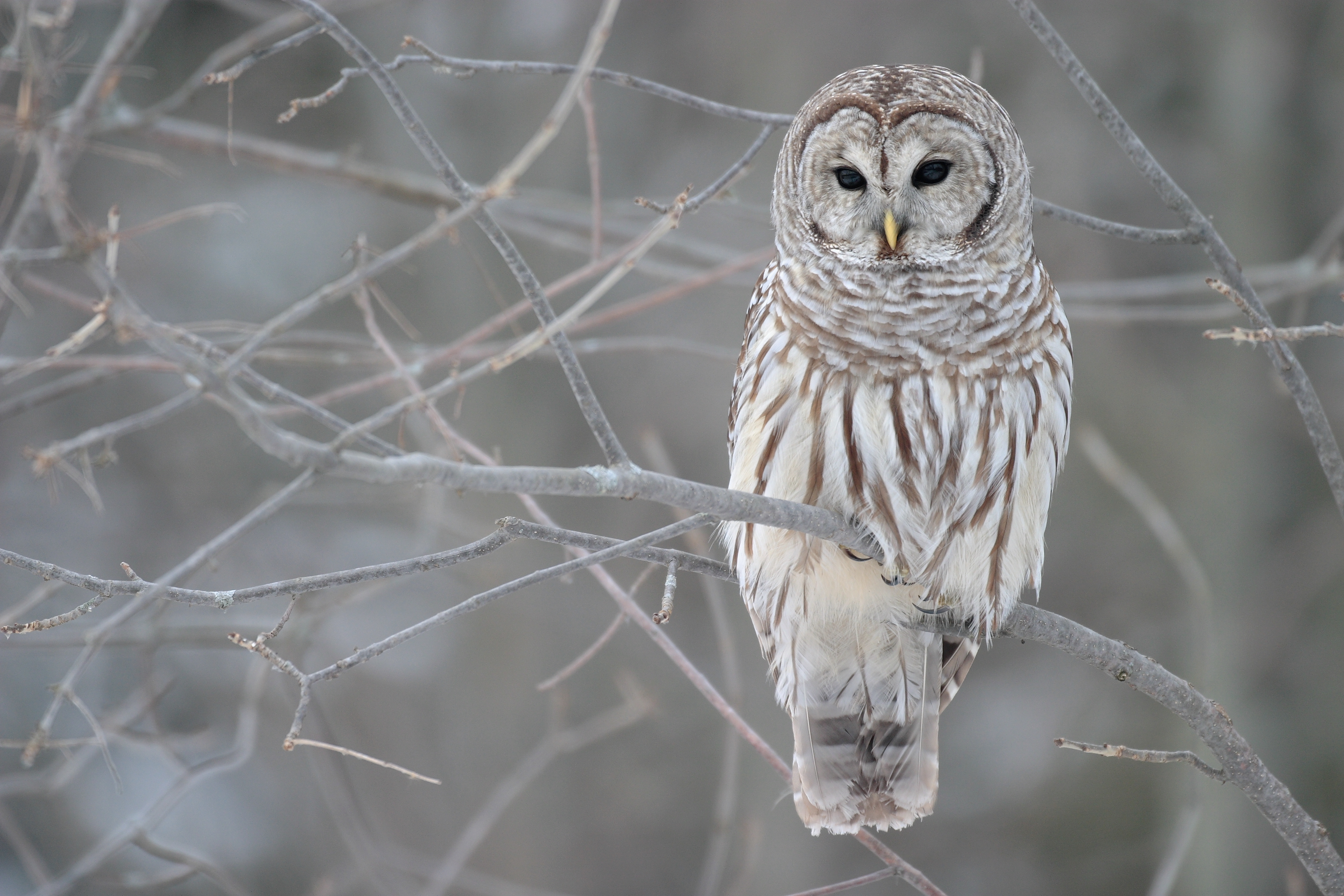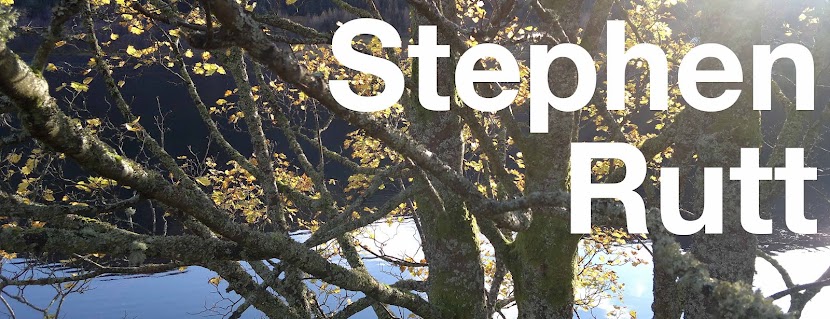I can’t comment on the specifics of the case other than to
note that the Barred Owl > Spotted Owl dynamic is not without its sceptics.
What it does do, for me at least, is raise a number of questions about
conservation and its purpose and priorities. This is an issue not short of a thought
thistle or two.
 |
| Northern Spotted Owl © Wikimedia Commons |
If it were a non-native species impacting on a native, than
that would, for me, be an easier issue to deal with. When hybridisation with
feral Ruddy Ducks threatened the sole European population of the White-headed
Duck, the case is clear. Man made the mistake of taking a species to where it
shouldn’t be, and other species mustn’t pay the price for it. The evidence is
rarely 100% conclusive, but where there is the risk then action needs to be
taken. Man has the blood of enough species on its hands and we don’t need to
add yet another one to it.
But in the thick of coniferous Canada, the Barred Owl is
native and has a history as old as the woods are deep. However, its population
is expanding as the Spotted Owl’s dwindles, and is moving west into the Spotted
Owl territory. This is apparently a natural increase (as much as something can
be in a world so removed from the natural by human influence) unlike British
populations of Crows, booming due to our unnatural wastefulness. It is tempting
to take a Darwinian, survival of the fittest approach to this problem: the
Barred Owl is simply more adaptable, out competing the Spotted Owl, so cut the
sentiment and let nature take its course. But to do so is to consign one
species’s fate to nature in an unnatural world, so why should we? What we lose
with the loss of the Spotted Owl is a talismanic species that united
environmentalists in the 1980s against unsustainable logging, as well as a
species that has its own place in biology, cultures and myths. The preventable
loss of one species is tragic: for conservationists this Darwinian approach
can’t stand. What then would be the point and purpose of a conservationist?
 |
| Barred Owl © Wikimedia Commons |
To shoot a Barred Owl is an action that requires no
sentiment either. Nothing is fitter and more unnatural than a bullet from a
gun. Nature has no respect for political borders: that the Spotted Owl has only
ten individuals left in Canada is to ignore the thousands more to its south.
The ‘northern’ subspecies extends from North California to British Columbia. Shooting
Barred Owls may create a vacuum for more Spotted Owls from North America to
fill. The result, some owls cross an arbitrary border because other owls died. ‘Nations’
as Larkin wrote, are ‘vague as weeds’. Why should an owl one side of a manmade
line live and the other one die? What’s to stop the Barred Owl filling the
Barred Owl vacuum?
You trace through the arguments, those pro-life for Barred
and pro-life for Spotted Owls and end up with
an interesting mix of not particularly
not particularly
satisfying conclusions. Conservation is a science steeped in arguments,
interpretations and tough decisions with far-reaching consequences. I’m glad it’s
not for me to decide.

No comments:
Post a Comment